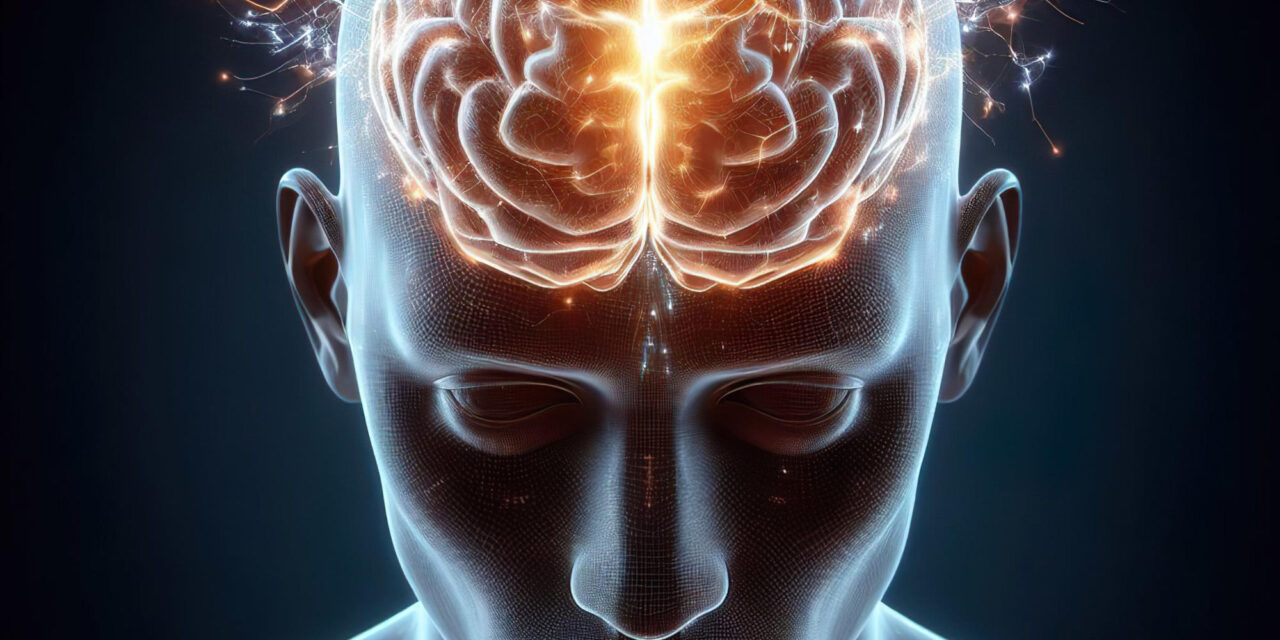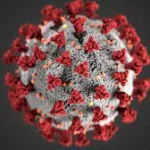The human brain is one of the most complex structures in nature, setting our species apart from all others. Understanding how it evolved remains one of the most fascinating questions in science.
A groundbreaking study from Yale University offers fresh insights into this mystery by examining specific genetic changes that influenced brain development. Researchers have explored human accelerated regions (HARs), a class of genetic switches, to uncover their role in fine-tuning gene expression.
The findings challenge previous assumptions and reveal a more intricate process at play. This research not only deepens knowledge about human evolution but also sheds light on conditions linked to brain function, such as autism and schizophrenia.
Role of Human Accelerated Regions
HARs are segments of DNA that evolved rapidly in humans compared to other species. They regulate gene activity by determining when, where, and how much a gene is expressed. Scientists have long suspected that HARs played a crucial role in shaping the human brain, but their exact influence remained unclear.
Earlier research suggested that HARs might control different genes in humans than in chimpanzees, our closest primate relatives. However, the new study paints a different picture. Instead of altering which genes are controlled, HARs appear to adjust the activity of existing genes, influencing how neurons form, grow, and communicate.
This subtle yet powerful mechanism likely contributed to the evolution of uniquely human cognitive abilities.
Genetic Interactions in the Human Brain
To understand the effects of HARs, the research team used cutting-edge methods to study their interactions with genes and neural stem cells. These advanced techniques allowed them to identify gene targets for nearly all HARs, marking a major step forward in evolutionary genetics.
The study was led by James Noonan, the Albert E. Kent Professor of Genetics at the Yale School of Medicine.
“The results reveal that HARs largely regulate the same genes in both species, particularly those involved in brain development,” Noonan explained. “However, HARs adjust gene expression levels differently in humans, suggesting that evolutionary changes to brain function emerged not by reinventing genetic pathways but by modifying their output.”
By refining gene expression rather than creating entirely new pathways, evolution shaped the brain’s function in a precise and efficient manner. This discovery challenges long-held theories and opens up new avenues for research.
Identifying Gene Targets
Understanding which genes are influenced by HARs is crucial for decoding their role in evolution. Previously, scientists had only been able to identify gene targets for a small fraction of HARs—ranging from 7 to 21 percent. This limited knowledge left many questions unanswered.
The challenge stemmed from technological constraints. Earlier studies relied on less precise methods, making it difficult to determine which genes are actually controlled by human accelerated regions. Some estimates even included genes that might not have been targets at all. Without accurate data, researchers could only speculate about HARs’ true impact on brain development.
Mapping the Human Brain
To overcome these challenges, the Yale team applied an innovative technique that allowed them to map the genome in three dimensions. This approach enabled them to track how HARs interact with genes in human and chimpanzee neural stem cells.
As a result, they were able to identify gene targets for almost 90% of all HARs—a significant breakthrough in the field.
“Having a more complete picture now opens up a vast new landscape of things scientists can do,” noted Atreyo Pal, a graduate student in genetics at Yale and first author of the study.
By identifying more HAR gene targets, scientists can now explore how these genetic elements shaped brain evolution in greater detail. This progress also has implications beyond evolutionary biology, offering potential insights into neurological conditions linked to HARs.
Early Brain Development and Mental Health
Many of the genes regulated by HARs are active during early brain development. They influence the formation of neurons, guide their growth, and ensure proper communication between brain cells. These functions are critical for shaping cognitive abilities, memory, and overall brain function.
Some HAR-regulated genes are also linked to neurological conditions such as autism and schizophrenia. This connection suggests that while HARs played a key role in human brain evolution, they may have also contributed to vulnerabilities in mental health.
Understanding these links could provide new insights into the biological basis of such disorders.
“Our findings also show that HAR gene targets are expressed in particular cell types in the developing human brain, including cell types that may have contributed to the increased size of our brain,” Pal elaborated.
New Avenues for Human Brain Research
The discovery of additional HAR gene targets marks a turning point in the study of human evolution. Scientists now have a clearer picture of how genetic changes influenced brain development, paving the way for further research into cognitive function and neurological disorders.
“Before, we didn’t know what many of the genes that HARs controlled were or what their biological functions were. We didn’t have the full picture. Now, this opens up many new avenues for us to understand how HARs contributed to the evolution of the brain,” noted Noonan.
With new tools and expanded knowledge, researchers are equipped to explore deeper questions about human intelligence, brain function, and the genetic forces that shaped our species.
This study represents a major step forward in unraveling the genetic blueprint that made us uniquely human.
The study is published in the journal Cell.
Disclaimer: This article is based on current scientific research and is for informational purposes only. The findings presented here reflect ongoing studies and interpretations in the field of genetics and human evolution. Readers should consult original research publications and experts for further understanding.












